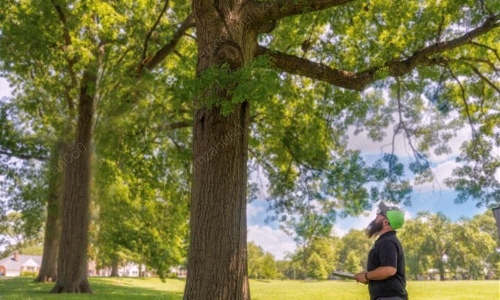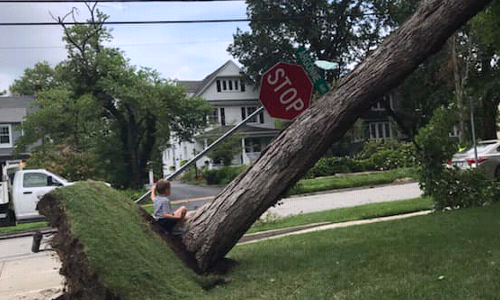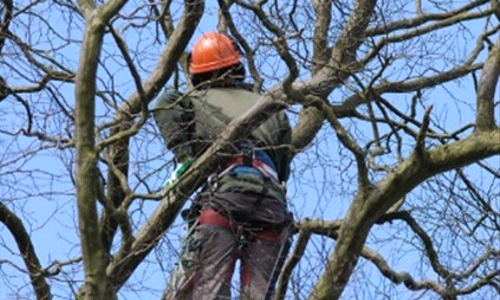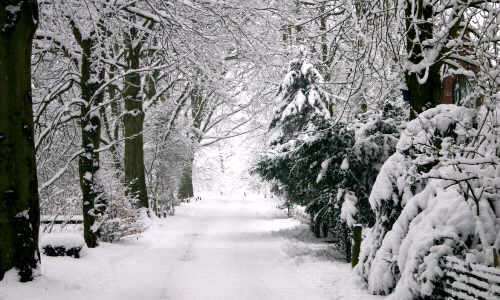There are many situations where you may have no other choice than to bring a tree down. But, with proper maintenance, you can extend the longevity of your beloved shade-makers.
Below is a list of things to look for to help keep tree-related emergencies at bay.
Check Your Tree Roots
If tree roots are threatening the home’s structures, you should contact a Certified Arborist to provide input on how best to cut the roots without hurting the tree’s health. Tree roots are powerful enough to penetrate and destroy your home’s foundation. The rule of thumb for measuring the length of a tree’s roots is called the grow line. If the branches of a tree can reach the roof or walls of the building, then the roots can reach the foundation.
Subsequently, check the roots for signs of decay.
Some signs included:
- Thinning of canopy with gradual death of the tree
- Branches will die
- Wilted leaves
- Stunted growth
- Cankers or sunken areas on the trunk indicating root-decaying fungus is working its way through the tree
- Mushrooms around the trunk, root flairs or dripline of the tree, most specifically, Armillaria
Even if you see green leaves on its branches, if a tree’s roots are decaying, it is not going to be alive much longer. The tree’s roots provide structural support and once that is weakened, it is only a matter of time before the tree falls. To make sure it does not fall at the wrong time and in the wrong way, have a reputable tree care company cut it down.
Even if there isn’t decay, fungus could be looming. If you consistently see mushrooms growing at the base of a tree, you maymushrooms on tree trunk have a case of root disease. This is not a sure sign, but you should have a certified arborist inspect the tree. If it is confirmed that the tree root is indeed diseased, the tree should be removed.
Watch for other signs of disease
If there are lots of discolored leaves on a tree, strange lumps on its bark and it is shedding its leaves prematurely, the tree may be diseased. A tree falls over a lot easier when it is diseased since the roots are not strong enough to anchor it. You should avert the possibility by bringing the tree down immediately.
Scan the tree for dead branches
A large dead branch on a tree poses a huge risk; a strong wind could bring it crashing down, damaging whatever is in its path (cars, bikes, fence, shed, your house). With yearly inspections and trimming, more specifically “weight reduction”, we can help make your tree stronger, thus preventing major storm damage.
Look at uncharacteristic leaning
Tap the trunk for sounds of hollowness
Check how close the branches are to power lines
There must be a specific amount of space between trees and nearby power lines. During wet weather, electricity can arc across a distance of up to ten feet to connect to wet tree foliage. Have an expert check the distance between your trees and the power lines to make sure your family and property are not in any danger.
Evaluate post-storm damage
Strong winds may not knock down a tree, but for the trees that are still standing, they could have weakened and broken. If there have been big storms in your location, check the trees in the yard for signs of damage, such as twisted or dangling branches. If you do have a lot of limbs littering the ground, you may want to have a tree care expert inspect the tree to ensure it’s strong enough to withstand future storms. Trees that lose medium to large live branches are a sign that the trees could be diseased and dying.
When in doubt, call the tree care experts to evaluate the health of your trees.
















